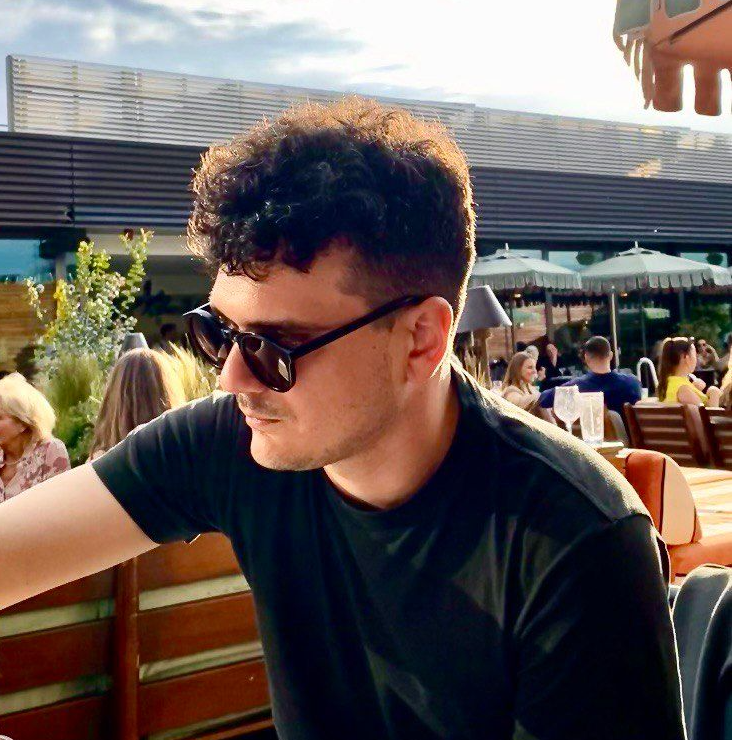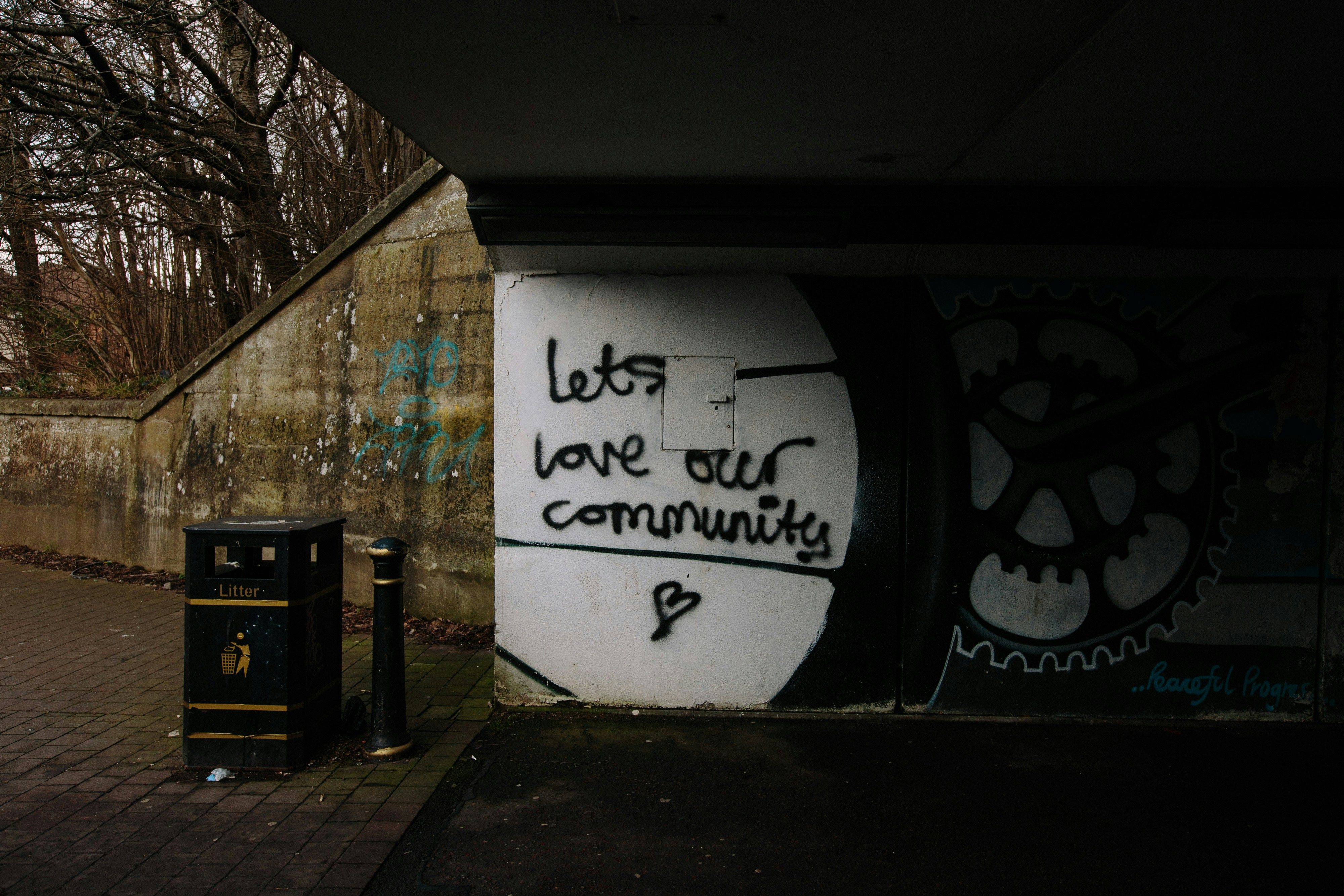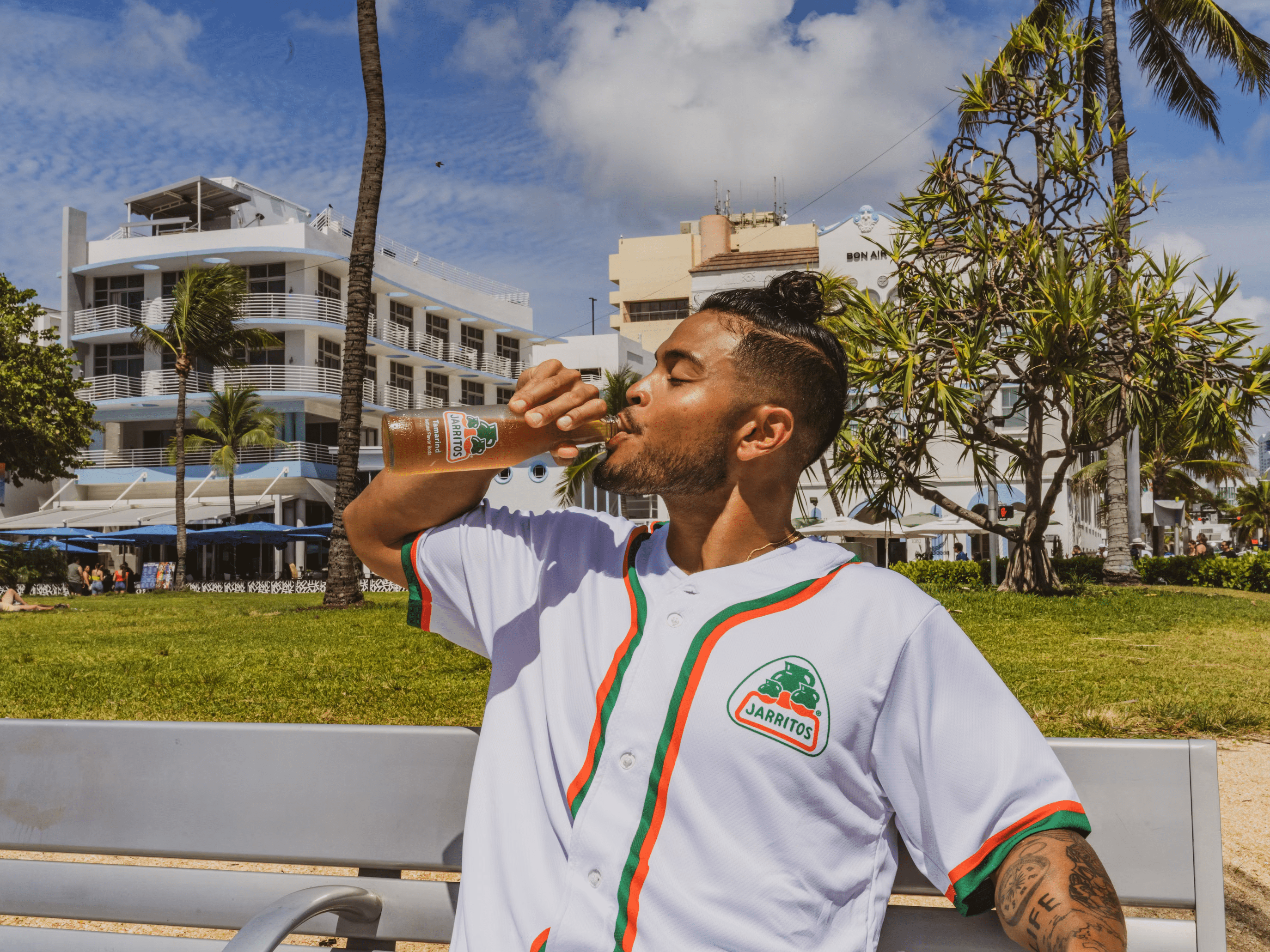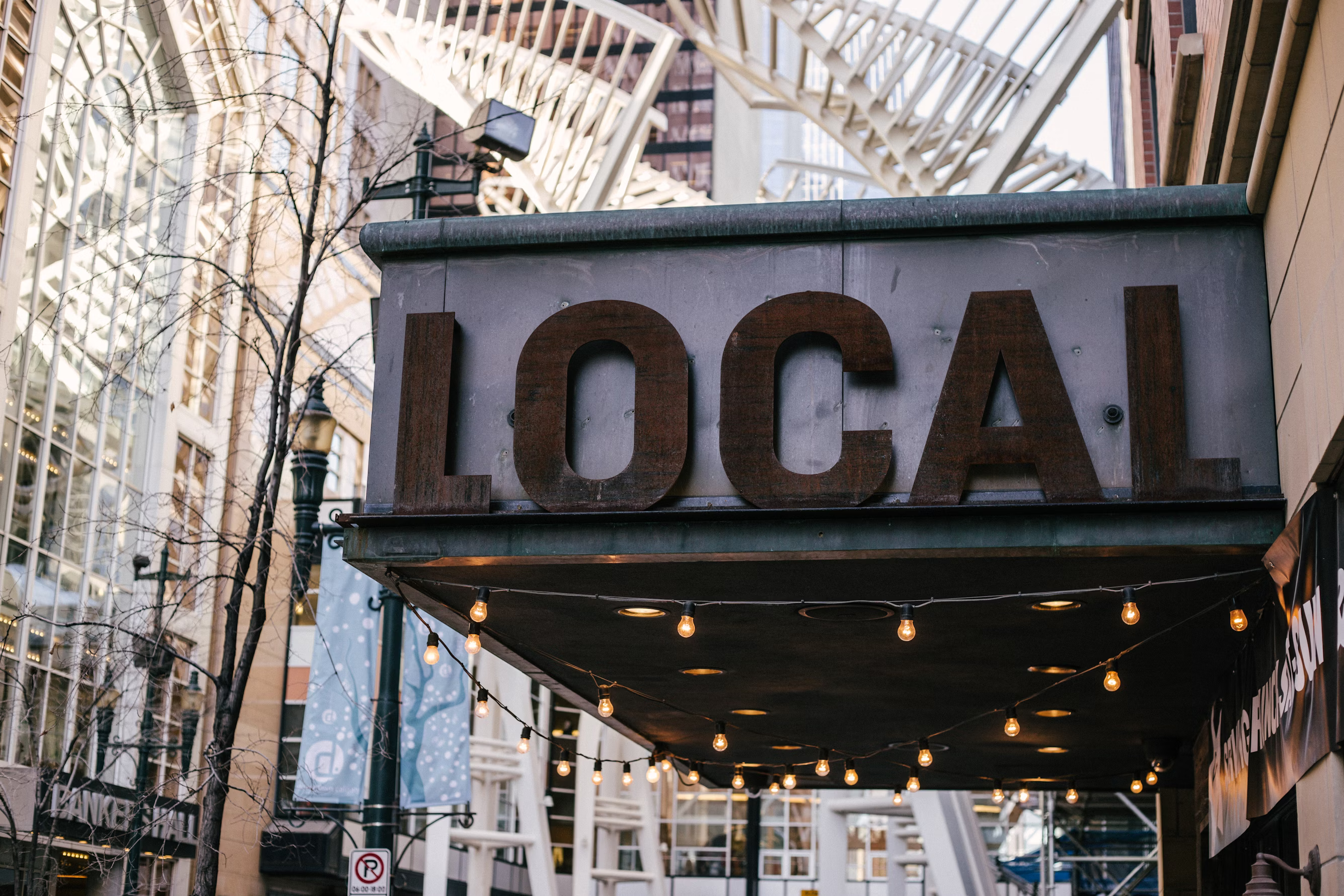1. From business deals to real relationships
Early on in influencer marketing, things looked a lot different. To generate attention, companies would toss a lot of money at a celebrity for a brief shout-out.
Still, it fell short a lot. What then? Since these specials lacked an actual connection. Imagine a fitness enthusiast unexpectedly pushing a greasy fast-food burger. Audiences could clearly see it did not sit right.
Consumer expectations changed along with the platforms like Instagram and TikTok developed. People search for authenticity. They view the creators they follow as real, relevant, and honest, thus they trust them. That has altered the rules of play.
Influencer marketing today is about actual creators creating actual communities, not about celebrities. These artists establish relationships with their fans and mean something when they endorse anything. Modern influencer marketing is driven by the change from quick transactions to actual partnerships.
2. Nano-influencers and niche communities are becoming more popular.
Micro-influencers began to take front stage as trust evolved into the name of the game. These are ordinary creators who have created small, close-knit communities; they are not huge celebrities. Their audience is known to them. More significantly, though, is that their audience listens.
The enchantment is: micro-influencers more often feel like friends than stars. Their readers find them relevant and trust their points of view. Thus, when they discuss a product they enjoy, it feels more like a sincere recommendation than like an advertisement.
Influencer marketing is no longer just a trend, it’s a major player in digital strategy. In 2025, U.S. brands are expected to spend over $10.52 billion on influencer marketing, according to eMarketer. Globally, the industry is projected to hit $32.55 billion, as reported by Influencer Marketing Hub. Such an investment reveals the increasing value of this area. For deeper insight into how the micro-influencer industry works, check out our Influencer Marketing Report.
Brands today are not only searching for flashy promos. Their preferred material is real-feeling content.And to get that, they need actual relationships, thus individualised outreach becomes even more crucial now.
3. How powerful personalised reach out is
The truth is that mass direct messages and email blasts with the same content no longer work. Every creator and reader can tell a copy-and-paste pitch from a mile away.
Today, real influencer marketing starts with getting to know the person. You can't just shout "collab?" into the ether. You need to know who made the content, what they're interested in, and how your brand fits into their world.
It's like dating: you wouldn't say "hey" first and expect to be in a relationship. The same thing here. You need to show that you know what you're talking about and that you value their time, voice, and audience.
What a difference it makes when brands take the time to write personalised messages that show they care. You earn trust that lasts for a long time. When people trust each other, they make better content, get better results, and form partnerships that last longer than one post. If you’re looking for real-world inspiration, explore these email marketing strategies inspired to improve your outreach tone and structure.
The world of influencer marketing is still changing quickly. One thing is for sure, though: creators want to work with brands that see them. And the brands that get it right? They are the ones that stand out in a crowd.
4. Searching for your ideal creator match
First things first: the number of followers is not the ultimate prize.
Yes, reach does matter. But connection is what makes a difference. You're not just after someone who has a lot of fans. People who trust them are what you want. Someone who writes content that fits with what your company stands for.
So, how do you find them?
🔍 Audience > Follower count
Don’t just look at the numbers. Ask: is this creator speaking to the people we want to reach? A beauty brand partnering with a gaming influencer? Not it. But a micro skincare creator with 15K loyal followers asking about SPF routines? That’s gold.
💬 Engagement that matters
Forget the like count. Look at how people engage. Are they commenting with real questions? Sharing the post? Tagging friends? That’s the kind of interaction you want, not empty double taps.
🎯 Content that aligns
If a creator’s feed is 100% aesthetic but your brand is playful and meme-driven, it might be a mismatch. The best partnerships happen when the creator’s tone, visuals, and values feel like an organic fit.
In fact, here’s a stat worth knowing:
👉 According to our 17000 campaign analysis, 68.5% of brands preferred working with nano and micro-influencers, and for good reason. These creators consistently deliver higher engagement and more authentic connections compared to bigger names.
Why? Because they’re trusted. They’re consistent. They feel real.
If you’re still not sure which type of influencer fits where in your strategy, here’s a quick comparison:
| Influencer type | Follower range | Avg. engagement | Typical cost | Best use cases |
| Nano-Influencers | 1K-10K | 2-6% | $10-$100 per post | Community-building, niche targeting |
| Micro-Influencers | 10K-50K | 1-3% | $50-$500 per post | Product launches, brand awareness |
| Mid-Tier Influencers | 50K-500K | 0.5-1.5% | $500-$2500 per post | Larger campaigns, visual storytelling |
| Macro-Influencers | 500K-1M | <1% | $2500-$10k per post | Broad reach, mass appeal |
| Mega-Influencers | 1M+ | <0.5% | $10k+ per post | Viral campaigns, global awareness |
🧠 Expert advice on discovering hidden gems
• Hashtags still work (Not in your post description): Search niche tags to find creators flying under the radar.
• Community first: Join online groups, follow comments, you’ll spot who’s respected.
• Watch your competition: Who are they working with? Who’s engaging?
And remember! Always check for red flags:
• 🚫 Fake engagement (bot comments, suspicious growth)
• 💤 Inconsistent posting
• ❌ No transparency on rates or performance
Finding your match isn’t about landing the loudest voice. It’s about finding the right one, someone who can speak to your audience better than you can.
5. Creating messages that actually get answers
If you’re sending influencer outreach messages, here’s the hard truth: they’re landing in inboxes flooded with other brand pitches. Most of them? Ignored. Deleted. Forgotten.
But yours doesn’t have to be.
Let’s break down how to write messages that actually get replies, not eye rolls.
🧠 It starts with psychology
Influencers aren’t just creators. They’re small business owners, content strategists, and community builders all in one. They care about more than just money. What they want:
• Recognition for their work
• Creative freedom
• Brands who get them
If you lead with a generic “Hey, we love your vibe 💕” it’s a no. But do you reference a specific reel they made or connect your product to something they already care about? Now we’re talking.
✍️ Personalization that scales
Here’s the trick: personalization doesn’t mean rewriting every single email from scratch. You just need a base that feels human, and space to plug in the personal touches. Get inspired by personalized video campaigns to see how brands make their outreach stand out with tailored, high-impact storytelling.
Start with a simple framework:
• Their name (please, no “Hi influencer!”)
• A real compliment (mention a post, video, or their unique style)
• Why you’re reaching out (make it about them, not just you)
• What’s in it for them (hint: it’s not just free product)
Think of it like a Mad Libs for connection, just don’t sound like a bot filling in the blanks.
⏰ Timing + Follow-up = Respect
Timing matters. Reach out when creators are active (not while they’re mid-launch or offline on the weekend). And if you don’t get a reply? Follow up, once a week max, with something useful to say.
Maybe:
• “Just circling back, totally understand if you’re busy. Would love to revisit this when you’re free.”
• “Hey, had another idea for how we could collaborate, open to hear your thoughts?”
Persistence = good. Pestering = nope.
🤝 Frame the collaboration as a win-win
This is the part too many brands get wrong
You’re not just asking for a favor, you’re offering a partnership. Make it feel that way.
Instead of “We’d love to gift you our new product,” try:
“We think your community would love this, and we’d be excited to feature your content across our channels.”
Focus on mutual value:
• Their creative freedom
• Your product as a genuine fit
• Long-term potential beyond one post
You’re not just asking them to promote. You’re inviting them to build something with you.
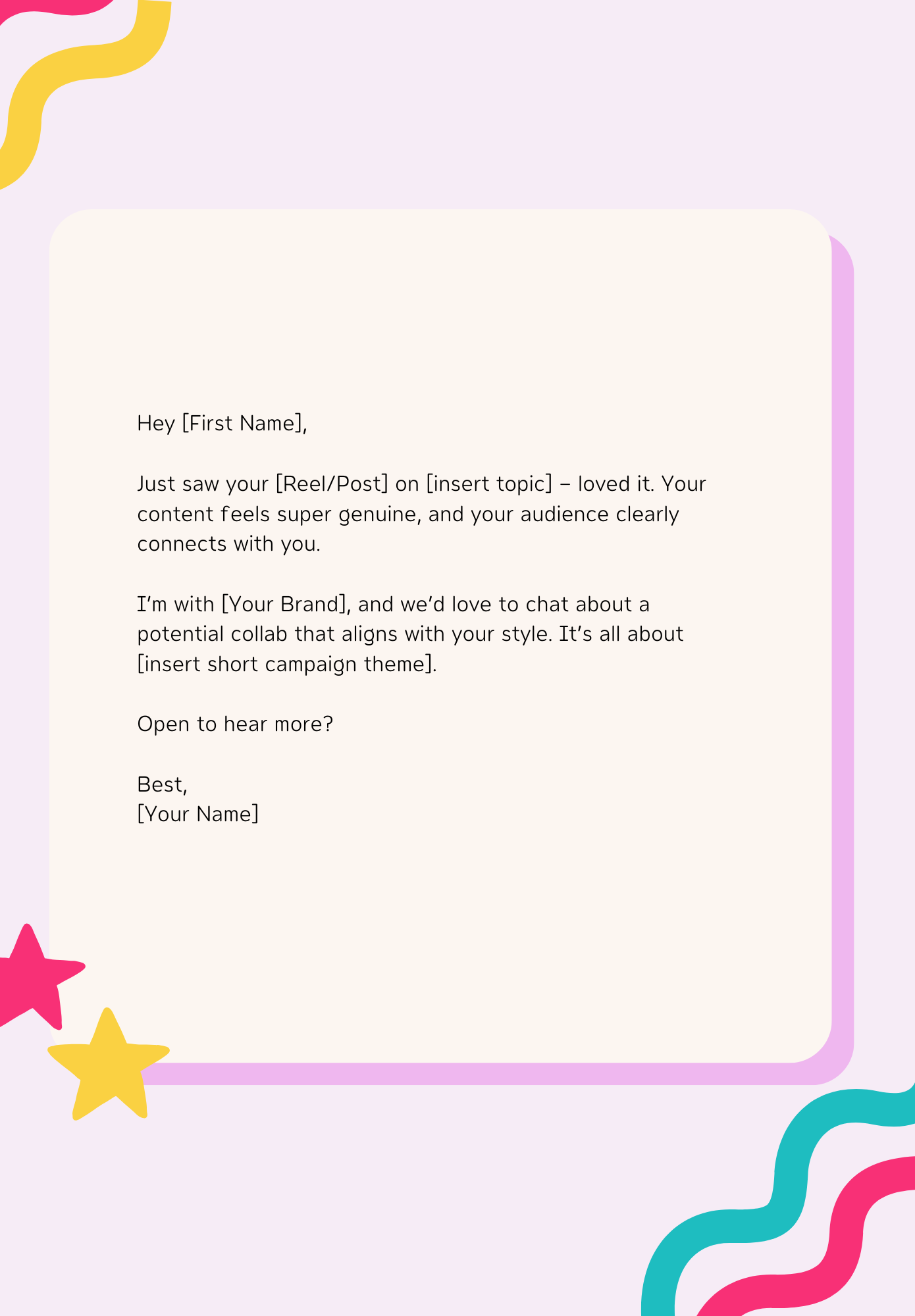
6. Building creator relationships outside of transactions
Influencer marketing isn’t just about “one post and done.” If that’s your playbook, you’re leaving way too much on the table.
The real magic happens when you treat creators like partners, not placements. Here’s how to build relationships that go beyond the initial collab, and turn influencers into loyal brand advocates.
🧡 Start with real connections
If your only message to creators is “Post this,” don’t be surprised when the relationship ends there.
But if you take the time to:
• Engage with their content outside of a campaign
• Invite them behind the scenes
• Involve them in early product feedback
You’re telling them, you’re not just a channel to us, you’re part of this brand’s story.
That’s how trust starts. And trust is what turns a paid post into long-term advocacy.
🎨 Let creators create
Here’s the deal: influencers know their audience better than you do.
Yes, give them your goals and guidelines. But don’t script every word or over-police their style. When creators feel trusted, they deliver content that actually lands because it feels real.
Want reach and engagement? Let them do what they do best.
🤝 Make it mutual
Think beyond the paycheck.
Sure, payment matters, but so does how you treat them:
• Invite them to exclusive launches
• Offer sneak peeks or early access
• Share their work across your brand channels
These extras might not cost much, but they go a long way in making creators feel valued. That kind of care builds loyalty — and makes your brand harder to walk away from.
💬 Stay in touch (like, actually)
If the only time they hear from you is when you need something? That’s not a relationship.
Check in. Say thank you. Share campaign results. Celebrate their wins. Send a quick DM when they post something awesome.
It doesn’t have to be a big gesture, it just has to be real.
💡 Pro tip: A handwritten note or a thoughtful gift after a campaign? That's a next level move!
7. Navigating compensation and partnership terms
Nowadays, money talks! And talking about money can get weird. But when it comes to influencer marketing, clear and respectful conversations about compensation are non-negotiable.
Done right, it builds trust, sets expectations, and keeps both sides happy. Here’s how to make sure your agreements work for everyone involved.
💰 Know your options
There’s no one-size-fits-all pricing model. Different campaigns (and different creators) call for different setups. Here’s a quick breakdown of what you’re working with:
| Compensation model | What It means | Great for | Watch out for |
| Pay-per-post | Flat rate for each piece of content | Straightforward campaigns with set deliverables | Doesn’t reward performance |
| Free product/service | Product in exchange for content | Micro/nano influencers, product seeding | Not scalable long-term |
| Commission-based | Percentage of sales via trackable links or codes | Sales-focused collabs | Harder to track, lower upfront incentive |
| Performance-based | Payment tied to engagement, clicks, or reach | Data-driven brands, experimental campaigns | Needs clear KPIs |
| Hybrid | A mix of fixed pay + bonuses/commissions | Long-term or layered campaigns | Can get complicated, so document everything |
You don’t have to pick just one. Hybrid models are often the most flexible and fair, offering a baseline and rewarding performance.
💬 Talk numbers with confidence
Don’t dance around the budget, just be honest!
Have a number in mind? Share it upfront. Not sure? Ask about their rates. Most creators have a media kit and a sense of their worth.
Just remember: 70% of influencers raised their rates recently, because demand (and expectations) are higher than ever.
Treating creators as professionals and respecting their time goes a long way in building trust.
📝 Write it down (Always!)
A contract isn’t just a formality. It’s how you protect the relationship. It keeps things clear, and prevents headaches down the road.
Your agreement should cover:
• Deliverables (what and how many pieces of content)
• Deadlines
• Usage rights (where you can repurpose the content)
• Payment terms (when and how they’ll get paid)
• Exclusivity (if you want them to pause work with similar brands)
• Performance expectations (if bonuses are tied to engagement or sales)
A good contract means fewer surprises, and more successful partnerships.
8. Measuring what actually matters
Follower counts and likes might look impressive, but they don’t pay the bills. If you want to know whether your influencer outreach is actually working, you’ve got to track the metrics that move the needle.
This is about real growth, not vanity.
🎯 Define success from the start
Before you hit “send” on any outreach email or campaign brief, ask yourself:
What are we trying to accomplish?
• Want to boost awareness? → Track reach and impressions.
• Pushing for traffic? → Keep an eye on link clicks.
• Focused on sales? → Conversions and revenue are your KPIs.
When your goals are clear, you can actually measure success, not just guess at it.
🔍 Attribution: Who gets credit?
Not every influencer will drive last-click conversions. That doesn’t mean they didn’t play a key role in someone’s journey.
Move beyond simple “last-click” thinking. Try:
• Linear attribution: Equal credit across every step in the funnel.
• Time-decay attribution: More credit to interactions closer to conversion.
These models help you see the full picture — especially when someone discovers your brand on TikTok, but buys after an Instagram ad.
🛠️ Use tools that tell the truth
Don’t rely on screenshots or guesswork. Real data comes from real tools:
• UTM Links: Track influencer traffic and conversions by adding these to every campaign link.
• Platform Analytics: Use native tools on Instagram, TikTok, YouTube, etc., to check reach and engagement.
• Influencer Marketing Platforms: Tools like Social Cat combine data in one place so you can track performance at scale.
When you track the right way, you don’t just know what worked, you know why it worked.
📈 Think long game, too
Not every win is immediate.
A single post might not trigger a sale, but it can build trust, drive branded searches, or make people remember you later.
Track long-term signals like:
• Growth in branded keyword searches
• Uplift in direct traffic
• More social mentions or shares over time
• Sentiment changes (are people talking about you more positively?)
If your brand feels more present in your audience’s lives, your influencer marketing is doing its job.
🗣️ Show stakeholders the real impact
When it’s time to share results, go beyond screenshots and spreadsheets.
• Use visuals (graphs, simple dashboards) to show trends
• Connect influencer activity to business goals (e.g. “This campaign drove 15% of all preorders”)
• Share standout wins and lessons learned
• Bonus points: include testimonials or influencer feedback
That’s how you get buy-in for future campaigns, and grow your influencer program with confidence.
9. How to reach out to more influencers without losing the personal touch
You’ve proven that influencer marketing works. Now comes the big question: how do you grow it… without turning it into a factory?
The answer: scale smart, stay human.
🤖 Automate the right stuff, personalize the rest
Automation saves time. But don’t lose the soul of your outreach in the process.
Here’s how to strike the balance:
• Segment your creators by niche, platform, or engagement level. That way, your messages can still feel personal, even at scale.
• Use smart templates. Start with a structure, then personalize each message with something real: a specific post you liked, a shared interest, or a note on their tone.
• Track every interaction in a CRM (Customer Relationship Management) tool like Hubspot or Notion. That way, your follow-ups feel like part of a conversation, not a cold call.
Think of it like hosting a dinner party. You can use the same table setup… but you still greet every guest by name.
👥 Build a small but mighty team
As you grow, roles matter. You don’t need a massive team, you need focus.
Here’s a simple structure:
• Outreach Manager – finds and contacts potential influencers
• Relationship Manager – nurtures current partnerships and keeps them happy
• Campaign Manager – handles logistics, briefs, deadlines, and performance reviews
It’s like a great kitchen crew, each person owns their station, and together, they cook up magic.
🧰 Use tools that actually help
Scaling doesn’t mean doing more manually, it means using tools that multiply your efforts.
• Influencer Platforms (like Social Cat) → for matchmaking, campaign tracking, and messaging
• Social Listening Tools (like Brand24) → to spot rising talent and stay on top of trends
• CRMs → to keep your influencer database clean, searchable, and up to date
Also, content creation apps will save you time and level up your influencer collaborations. The right stack lets your team focus on what matters most: building real relationships.
📦 Standardize your process (without getting boring)
Processes help you move faster. But don’t let them turn your campaigns into cookie-cutter content.
Set up flexible frameworks:
• Clear briefing docs with key goals, values, and must-haves
• Creative space for influencers to bring their own style
• Systems for approval and feedback, without micromanaging
Think guidelines, not scripts. You’re setting the stage, not writing every line.
🌍 Embrace creator diversity
As your roster grows, so will your creators’ needs.
Some want detailed briefs, others prefer freedom. Some love voice notes, others want everything in Notion.
Respecting those preferences isn’t “extra.” It’s the foundation of trust, and it makes creators want to work with you again.
🧭 Go global, but stay local
If you’re expanding into new markets or languages, remember: what works in one culture might flop in another.
• Partner with local creators who get the tone and trends
• Customize your outreach messages to match the local vibe
• Adapt content formats and references based on what resonates there
Scaling smart means staying close to your audience, wherever they are.
Final thoughts
Influencer marketing has moved far beyond vanity metrics and one-off collaborations. Today, it’s about real relationships, authentic partnerships, and long-term growth. Whether you’re working with nano-influencers or scaling across markets, success comes down to strategy, personalization, and clear communication.
When you build a system that respects creators, prioritizes value on both sides, and adapts as you grow—you’re not just running campaigns. You’re building an engine for visibility, trust, and consistent ROI.
Ready to scale your influencer outreach?
At Social Cat, we help brands connect with the right creators, manage campaigns efficiently, and turn influencer marketing into a sustainable growth channel. Whether you’re just getting started or ready to scale, we’ve built the tools to make it easier.
👉 Try Social Cat today and start building creator partnerships that actually move the needle.
Table of content
- 1. From business deals to real relationships
- 2. Nano-influencers and niche communities are becoming more popular.
- 3. How powerful personalised reach out is
- 4. Searching for your ideal creator match
- 5. Creating messages that actually get answers
- 6. Building creator relationships outside of transactions
- 7. Navigating compensation and partnership terms
- 8. Measuring what actually matters
- 🗣️ Show stakeholders the real impact
- 9. How to reach out to more influencers without losing the personal touch
- Final thoughts
Looking for influencers?
Table of content
- 1. From business deals to real relationships
- 2. Nano-influencers and niche communities are becoming more popular.
- 3. How powerful personalised reach out is
- 4. Searching for your ideal creator match
- 5. Creating messages that actually get answers
- 6. Building creator relationships outside of transactions
- 7. Navigating compensation and partnership terms
- 8. Measuring what actually matters
- 🗣️ Show stakeholders the real impact
- 9. How to reach out to more influencers without losing the personal touch
- Final thoughts






